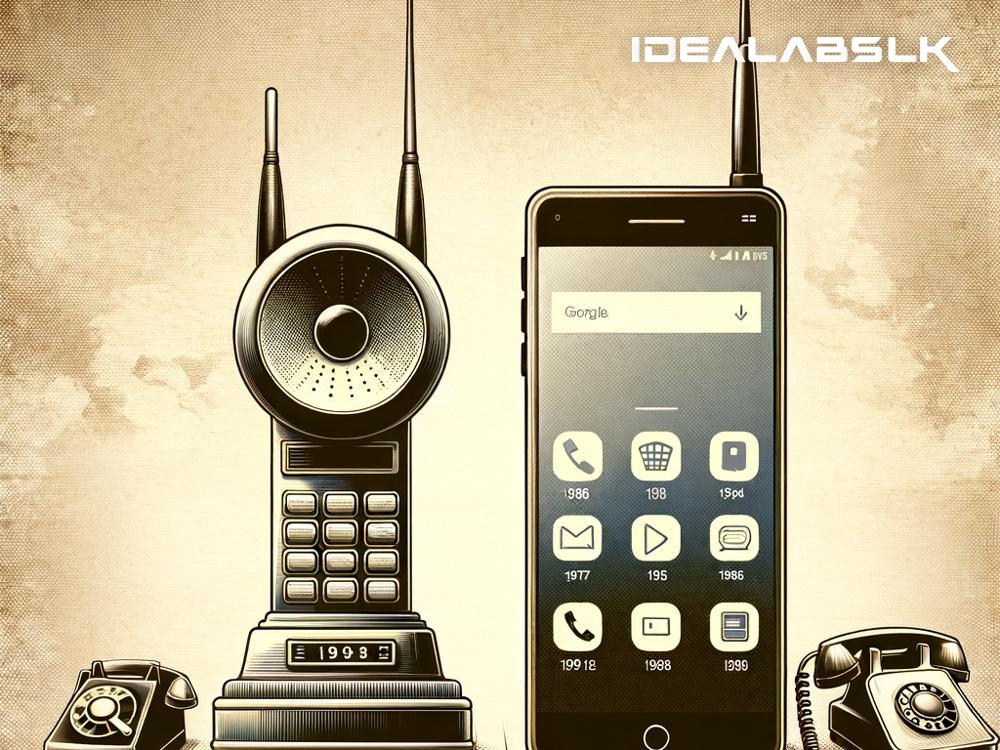The Origins of Mobile Communication Networks: A Simplified Journey
In today's world, it's almost impossible to picture life without mobile phones and the networks that power them. Have you ever wondered how this technology, which has become an integral part of our daily lives, came to be? Let's embark on a simplified journey back in time to explore the origins of mobile communication networks.
The Very Beginning
The idea of wireless communication dates back to the 19th century when inventors like Guglielmo Marconi started experimenting with radio waves to transmit signals over distances without wires. Although these early efforts were primarily focused on telegraphs and broadcasting, they paved the way for the development of mobile communication.
The First Mobile Communication Devices
The actual concept of mobile communication as we know it began in the 1940s and 1950s with the creation of the first mobile radios. These devices, used primarily in vehicles like police cars and taxis, allowed users to communicate over distances using radio frequencies. However, these systems were very basic and had limited capacity, meaning not many people could use them at the same time.
Birth of the Cellular Concept
The turning point for mobile communication networks came in the 1960s and 1970s with the development of the cellular concept. This idea was revolutionary because it divided geographic areas into "cells," each served by a base station. This setup allowed for more efficient use of frequencies, enabling more people to use the network simultaneously without interference.
The first experimental cellular network was launched in Chicago in 1978, followed by the first commercial cellular network in Japan in 1979. The United States saw its first commercial cellular service in 1983. These early networks were analog and supported only voice calls, but they laid the groundwork for the mobile communication revolution.
From Analog to Digital
The 1990s marked the transition from analog to digital cellular networks, beginning with the introduction of the second-generation (2G) networks. This shift was significant because digital networks offered better quality, more capacity, and new features like text messaging (SMS). The most popular 2G technologies were GSM (Global System for Mobile Communications), used primarily in Europe and much of the rest of the world, and CDMA (Code Division Multiple Access), used in the United States and some other countries.
The Internet Goes Mobile
The late 1990s and early 2000s saw the emergence of the third generation (3G) of mobile networks. 3G made it possible to access the internet from mobile devices, ushering in a new era of mobile computing. Users could now browse the web, send emails, and download multimedia content on their phones, albeit at speeds that might seem painfully slow by today's standards.
The Era of Mobile Broadband
The launch of the fourth generation (4G) networks in the 2010s took mobile communication to another level, offering speeds that enabled high-definition video streaming, gaming, and other bandwidth-intensive applications. 4G, also known as LTE (Long-Term Evolution), made it possible for mobile networks to support an increasingly digital and connected lifestyle.
Looking to the Future: 5G and Beyond
Today, we're at the dawn of the fifth generation (5G) of mobile networks. 5G promises not only faster speeds but also lower latency and the ability to connect more devices simultaneously. This technology is expected to enable a host of new applications, from smart cities and autonomous vehicles to augmented reality experiences and advanced telemedicine.
Conclusion
The journey from the first wireless telegraphs to today's high-speed 5G networks is a testament to human ingenuity and the relentless pursuit of better, faster, and more efficient ways to communicate. As mobile communication networks continue to evolve, one can only imagine the new possibilities they will unlock for future generations. Whatever the future holds, one thing is clear: the revolution that began with simple radio waves is far from over, and the best is yet to come.

